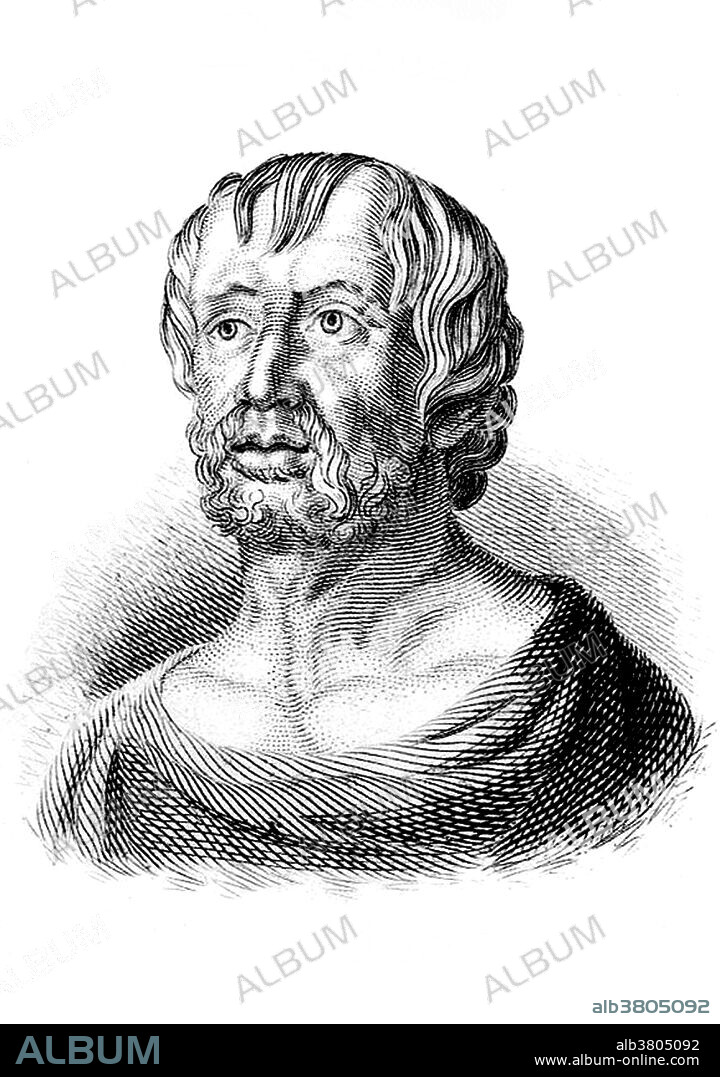alb3805092
Seneca the Younger, Ancient Roman Philosopher

|
Zu einem anderen Lightbox hinzufügen |
|
Zu einem anderen Lightbox hinzufügen |



Haben Sie bereits ein Konto? Anmelden
Sie haben kein Konto? Registrieren
Dieses Bild kaufen

Titel:
Seneca the Younger, Ancient Roman Philosopher
Untertitel:
Siehe automatische Übersetzung
Lucius Annaeus Seneca (4 BC - 65 AD) was a Roman Stoic philosopher, statesman, dramatist of the Silver Age of Latin literature. He was trained in rhetoric and was introduced to Hellenistic Stoic philosophy by Attalus and Sotion. In 41 AD, Claudius succeeded Caligula, and then, at the behest of Claudius' third wife Messalina, the emperor banished Seneca to Corsica on a charge of adultery with Caligula's sister Julia Livilla. In 49 AD, Claudius' fourth wife Agrippina the Younger had Seneca recalled to Rome to tutor her son Nero. Nero became emperor in 54 AD and Seneca acted as Nero's advisor with the praetorian prefect Sextus Afranius Burrus. Over time, they lost their influence over the emperor. In 65 AD, Seneca was caught up in the aftermath of the Pisonian conspiracy, and Nero ordered him to kill himself. Seneca followed tradition by severing several veins in order to bleed to death. His age and diet were blamed for slow loss of blood and extended pain rather than a quick death; he also took poison, which was also not fatal. With a circle of friends attending him in his home, he immersed himself in a warm bath, to speed blood flow and ease his pain and eventually died.
Bildnachweis:
Album / NYPL/Science Source
Freigaben (Releases):
Model: Nein - Eigentum: Nein
Rechtefragen?
Rechtefragen?
Bildgröße:
3162 x 4500 px | 40.7 MB
Druckgröße:
26.8 x 38.1 cm | 10.5 x 15.0 in (300 dpi)
Schlüsselwörter:
 Pinterest
Pinterest Twitter
Twitter Facebook
Facebook Link kopieren
Link kopieren Email
Email
